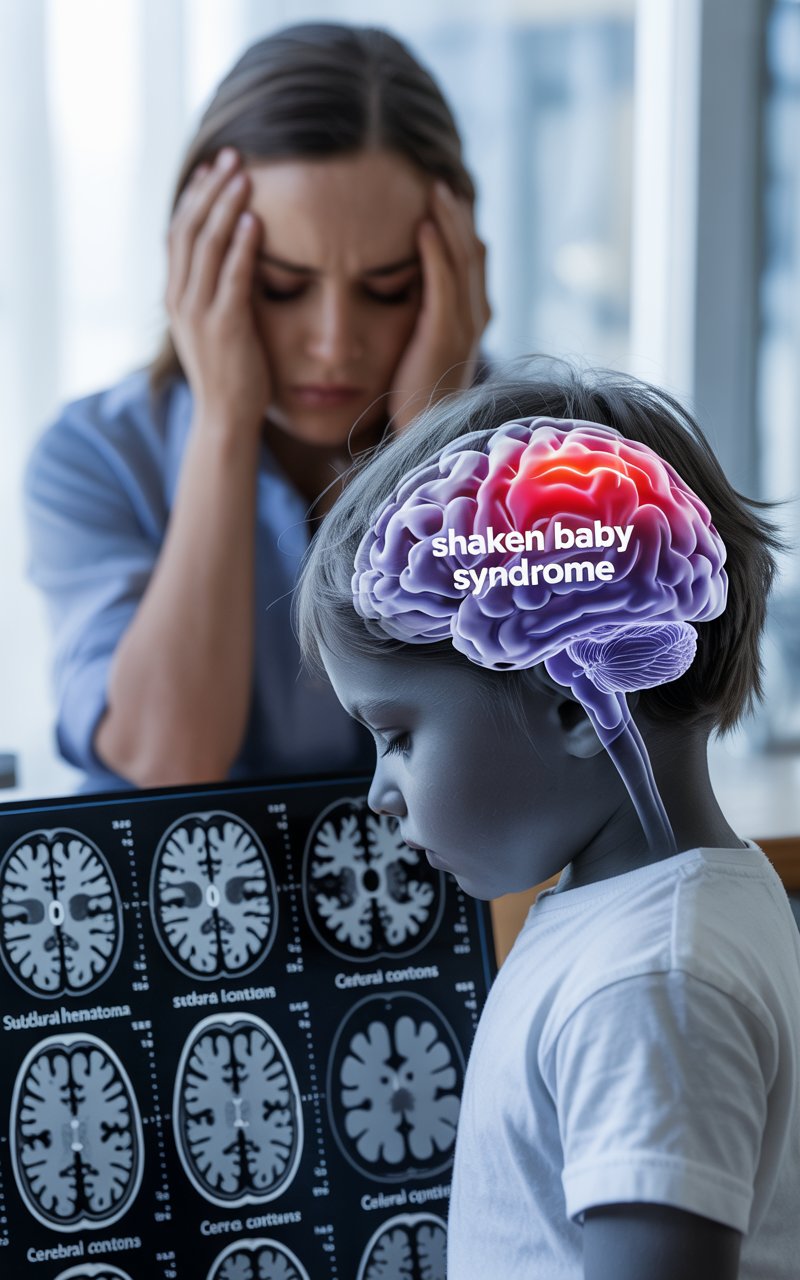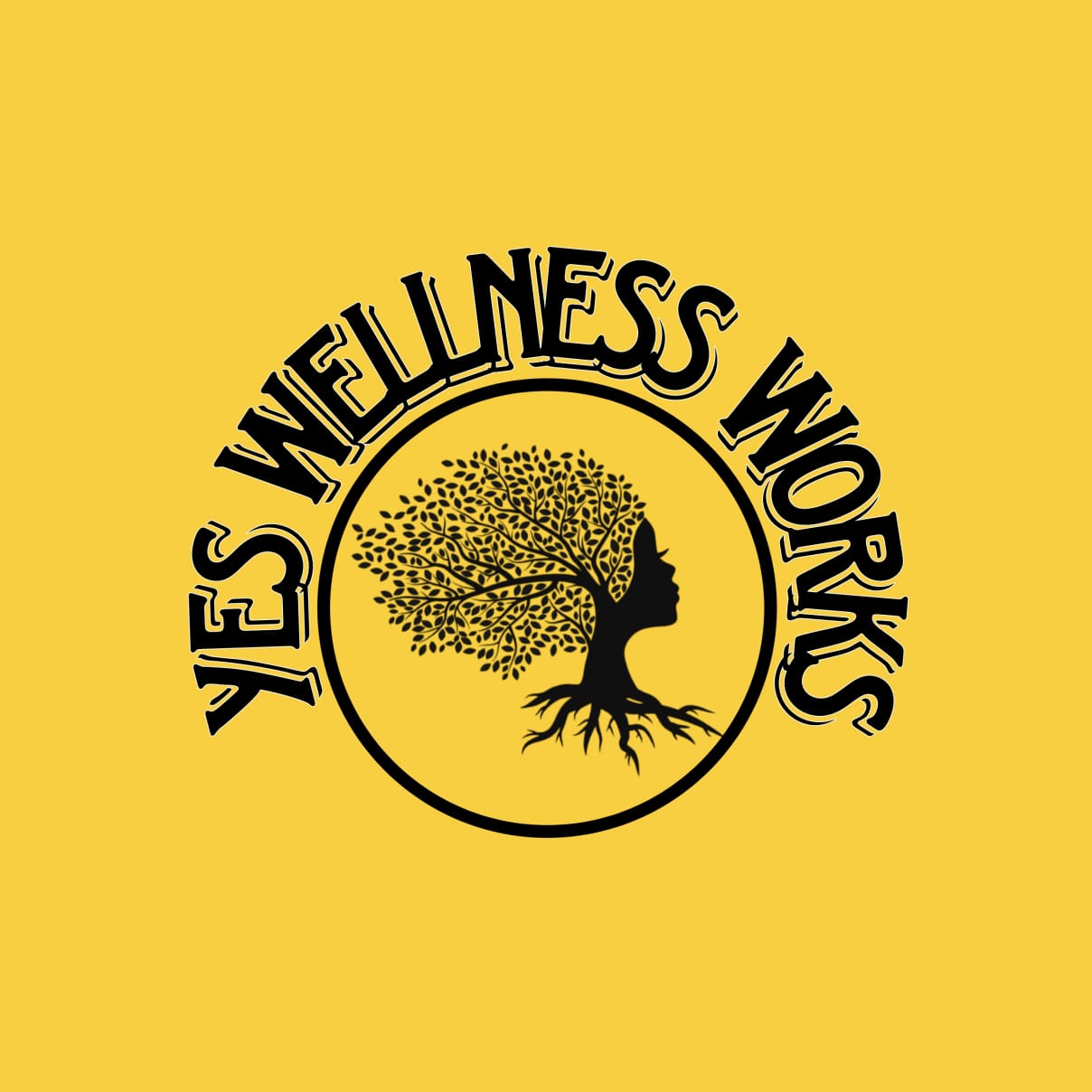
Shaken Baby Syndrome: Powerful Truths in 1 Real Case That Reveals a Hidden Danger
What Is Shaken Baby Syndrome?
Shaken Baby Syndrome (SBS), also known as Abusive Head Trauma (AHT), is a serious brain injury that occurs when an infant or young child is violently shaken. It is most common in babies under the age of one, and the results can be devastating—ranging from brain damage and developmental delays to permanent physical disability and even death.
Even mild shaking, when done repeatedly or aggressively, can harm a baby’s fragile brain. The motion causes the brain to move back and forth inside the skull, leading to bleeding, swelling, and disrupted brain development.
Real Case: How a Grandmother’s Habitual Shaking Altered a Child’s Brain
In my work as a psychologist, I came across a concerning case of shaken baby syndrome caused unintentionally by a family member. The child’s grandmother, unaware of the consequences, regularly shook the newborn to quiet his crying or to put him to sleep. This continued for several months after his birth.
Initially, the child showed no visible symptoms. However, by the time he entered nursery class, the parents observed that he couldn’t stand still for long. His motor coordination was poor, and his movements were involuntary and repetitive—like he was caught in an invisible wave. It wasn’t hyperactivity; it was a residual neurological impact.
Upon further neuropsychological evaluation, we concluded that the repeated shaking during infancy had disrupted the child’s neuroplasticity—the brain’s ability to reorganize and form new connections. The child’s brain had learned to operate in a constantly unstable environment, leaving lasting effects on his balance and cognitive regulation.
This was not a case of abuse but of ignorance—yet the result was the same: long-term damage from shaken baby syndrome.
Why Shaking a Baby Is So Dangerous
Infants have:
- Large heads in proportion to their bodies
- Weak neck muscles
- Fragile, developing brains
When shaken, the baby’s brain bounces inside the skull, causing bruising, bleeding, and tearing of brain tissue. This trauma can lead to:
- Seizures
- Learning disabilities
- Speech delays
- Cerebral palsy
- Blindness
- Behavioral disorders
- Death in severe cases
Shaken baby syndrome is not just about visible injuries. Sometimes, there are no external bruises, but the brain suffers silently—and permanently.
The Role of Neuroplasticity in Recovery and Damage
Neuroplasticity is the brain’s incredible ability to adapt and rewire itself, especially during the early years of life. But this flexibility can be both a blessing and a curse.
In the case of shaken baby syndrome, the brain rewires in response to trauma. If the brain learns instability or misfires in neural signals due to repeated shaking, those faulty connections become the “new normal.” This is what happened in the case I handled—the child developed atypical motion patterns and found it difficult to remain still or balanced.
Neuroplasticity is powerful, but it needs supportive and safe environments to promote healing. Unchecked trauma in the early stages can cement maladaptive pathways.
Warning Signs of Shaken Baby Syndrome
Some symptoms appear immediately, while others surface later in childhood. Signs include:
- Difficulty staying awake
- Poor feeding or sucking
- Vomiting
- Seizures
- Irritability or fussiness
- Breathing problems
- Lack of smiling or vocalizing
- Developmental delays as the child grows
If you suspect shaken baby syndrome, immediate medical attention is crucial. MRI or CT scans can detect bleeding, swelling, or damage to the brain.
Preventing Shaken Baby Syndrome: Educating Families and Caregivers
Most cases of shaken baby syndrome happen not from intentional cruelty, but from frustration, ignorance, or panic. Babies cry—it’s their only form of communication. But when a caregiver doesn’t know how to cope, they may lose control.
Here are key prevention strategies:
- Education for Parents and Caregivers: Every new parent should be made aware of the dangers of shaking a baby.
- Coping with Crying: Teach alternative soothing techniques like swaddling, rocking gently, or using white noise.
- Take a Break: It’s okay to lay the baby safely in the crib and step away for a few minutes if overwhelmed.
- Seek Help: Parenting is hard. Don’t hesitate to ask for emotional support or take professional guidance if you’re struggling.
- Train Extended Family: Grandparents, babysitters, and other relatives need education too, as seen in the case I handled.
Healing After Shaken Baby Syndrome: Is Recovery Possible?
The extent of recovery depends on the severity and duration of the shaking. Mild cases with early intervention may see improvement, especially when the child is placed in a stimulating, nurturing environment. However, moderate to severe cases often result in permanent brain damage.
Therapies that can help include:
- Physical Therapy (for motor coordination and balance)
- Occupational Therapy (to aid in everyday functions)
- Speech Therapy (for communication skills)
- Psychological Counseling (for behavioral and emotional development)
The key is early detection and consistent support.
Final Thoughts: Shaken Baby Syndrome Is Preventable
The emotional toll of shaken baby syndrome is immense—not only for the child but also for the caregiver, especially when the damage is unintentional. The case of the boy affected by his grandmother’s repeated shaking reminds us that love and care are not enough without awareness and education.
With proper understanding, no child should have to suffer lifelong damage from something so preventable. Let’s break the silence around this syndrome and ensure that caregivers everywhere understand: never shake a baby.

